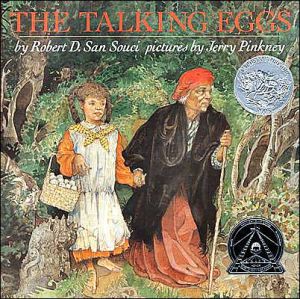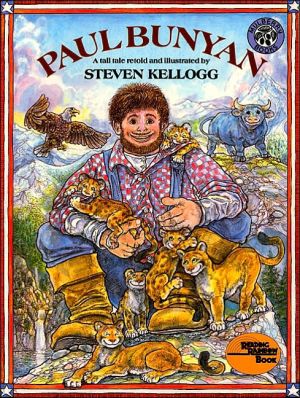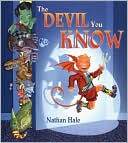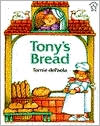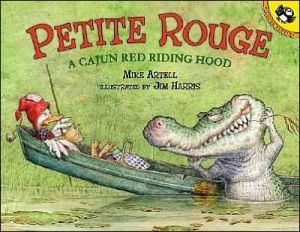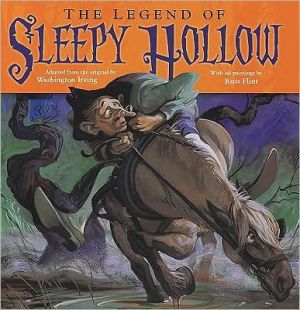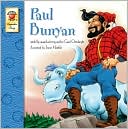Rip Van Winkle's Return
Search in google:
Rip Van Winkle is an idler who would rather starve for a penny than work for a pound, and his wife is constantly nagging him. In search of peace, Rip heads off to the woods one day with his faithful dog, Wolf. High up in the Catskill Mountains, Rip meets an unusual group of little men. He drinks their strong beverage and falls into a deep sleep. When he awakens, he finds that twenty years have passed - the world has changed and so has he.With vibrant paintings by Leonard Everett Fisher, Eric A. Kimmel's adaptation of Washington Irving's classic "Rip Van Winkle" introduces a Rip who reforms as a result of his experience.Children's LiteratureUsing language and vocabulary with just enough antiquated quality to transport readers/listeners to "long, long ago," Kimmel recreates the tale of Rip Van Winkle that originally appeared in Washington Irving's The Sketch Book in 1819. As mentioned in the "Author's Note," Kimmel has given us an explanation for Dame Van Winkle's unpleasant disposition (frustrated by his idleness, she becomes shrewish and drives Rip to flee to the mountains) and allows Rip to redeem himself for a life of idleness. Rip says that he has indeed "slept his life away." Not just the last twenty years, but all of his life was without purpose. Upon seeing his idle son, Rip is inspired to help young Rip develop into a better person: "Come! Rip. You and I have work to do." While relating all the usual details of the story of the fellow who met some strange men in the mountains and fell asleep for twenty years, Kimmel deftly works in information about history (the men at the tavern discuss King George's tax on tea and later we see George Washington's picture has replaced the King's on the signage), culture of the times (clothing and occupational pursuits), and documents the changes over the lapsed years. The Dutch explorer Hendrick Hudson and the crew of the Half Moon are credited with being the ghosts who visit the Catskills (spelled with the older version in the story, Kaatskill) every twenty years to "play their game of nine pins." Even today people say that the sound of thunder is really just the sound of the bowling of the ghostly crew of early settlers. Fisher's illustrations also have an "out of time" quality that supports the strangeness of the story itself. I particularly enjoyed the detailsthat echoed the text (" a distant crow flying across the mountain" is actually seen in the picture), but I was most impressed that the illustrations expanded the story with greater understanding (the nine pins are drawn to look like a primitive version of today's bowling pins). The text does not stint on vocabulary and is denser than in some picture books; both factors make this an excellent read-aloud for primary grades and still make it useful for middle grade readers to handle on their own. This collaboration will be an asset to any library collection and will serve well any teacher introducing U.S. colonial history, especially New York's history in particular.

